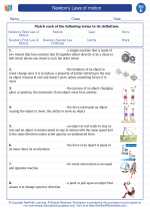Tectonic Plates
Tectonic plates are large pieces of the Earth's lithosphere that move and interact with each other. These interactions are responsible for many geological phenomena, such as earthquakes, volcanic activity, and the formation of mountain ranges.
Types of Tectonic Plate Boundaries
There are three main types of tectonic plate boundaries:
- Divergent Boundaries: where tectonic plates move away from each other. This can create rift valleys and mid-ocean ridges.
- Convergent Boundaries: where tectonic plates move toward each other. This can result in subduction zones, mountain formation, and volcanic activity.
- Transform Boundaries: where tectonic plates slide past each other horizontally. This type of boundary is often associated with earthquakes.
Plate Tectonics and Earth's Features
The movement of tectonic plates is responsible for shaping the Earth's surface. For example:
- Convergent boundaries can create mountain ranges, such as the Himalayas.
- Transform boundaries can cause earthquakes, such as along the San Andreas Fault in California.
- Divergent boundaries can lead to the formation of new crust and volcanic activity, as seen along the Mid-Atlantic Ridge.
Impact on Human Activity
The movement of tectonic plates can have significant impacts on human populations. Earthquakes and volcanic eruptions can cause destruction and loss of life, while the formation of mountain ranges can influence climate patterns and the availability of natural resources.
Studying Tectonic Plates
To understand tectonic plates, scientists use a variety of tools and techniques, including:
- Seismographs to monitor earthquakes and determine their locations.
- GPS technology to track the movement of tectonic plates over time.
- Geological mapping to identify different types of plate boundaries and their associated features.
Review Questions
- What are the three main types of tectonic plate boundaries?
- How do tectonic plates impact the Earth's surface?
- What are some tools and techniques used to study tectonic plates?
[Tectonic Plate] Related Worksheets and Study Guides:
.◂Science Worksheets and Study Guides Fifth Grade. Newton's Laws of motion
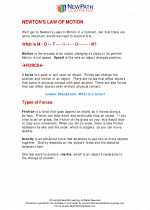
 Activity Lesson
Activity Lesson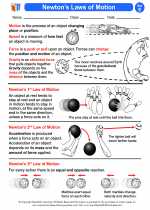
 Worksheet/Answer key
Worksheet/Answer key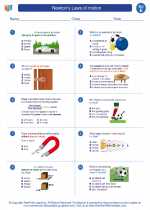
 Worksheet/Answer key
Worksheet/Answer key
 Worksheet/Answer key
Worksheet/Answer key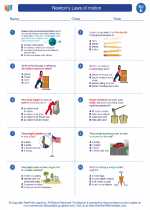
 Worksheet/Answer key
Worksheet/Answer key
 Vocabulary/Answer key
Vocabulary/Answer key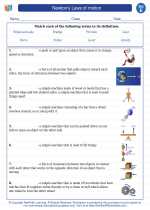
 Vocabulary/Answer key
Vocabulary/Answer key